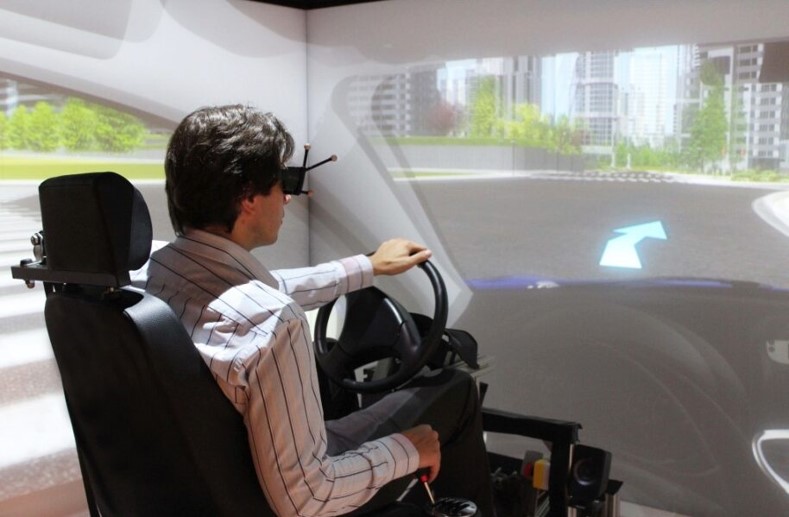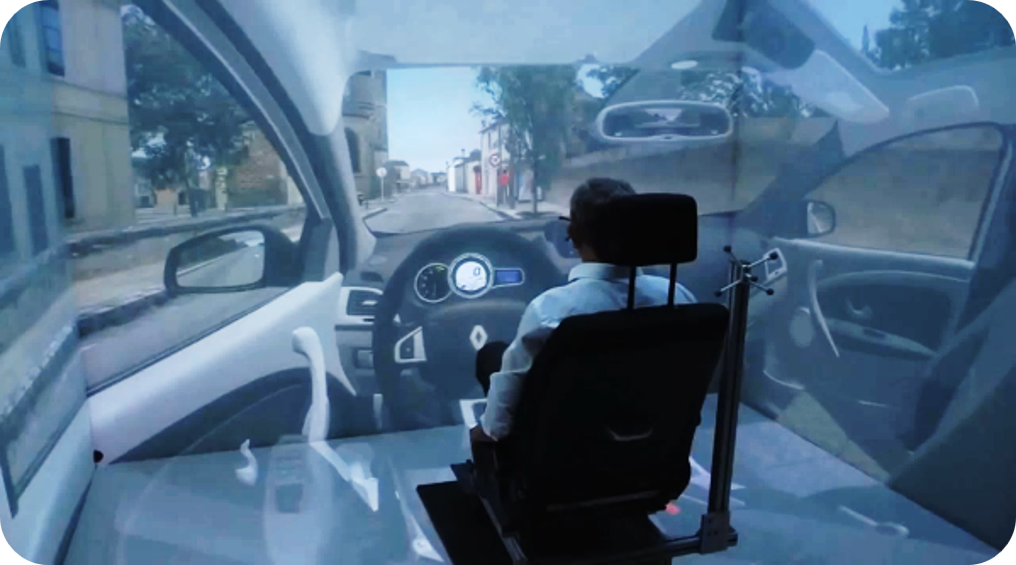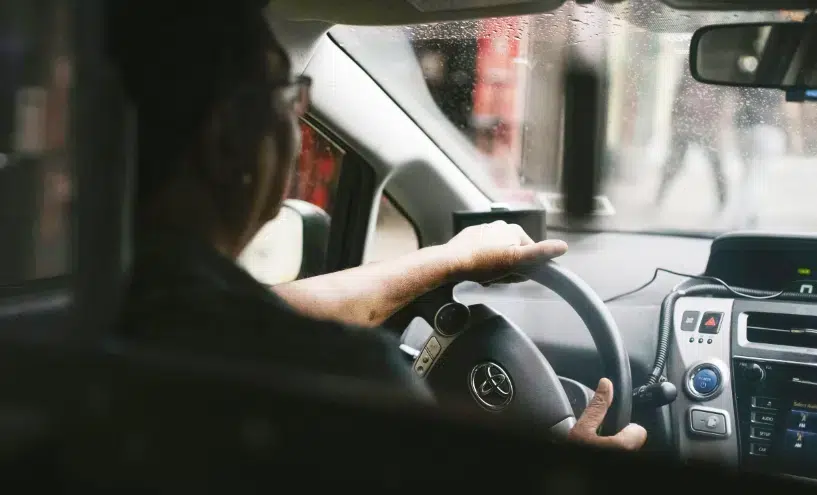The Human Factors pack is designed for engineers willing to evaluate the driver’s performance and behavior as well as to carry out studies on fatigue, drowsiness, vigilance, effects of drugs, and driving under the influence.

Head movements, eye movements, breathing, heart rate, physiological measurements, video recordings, and connection to virtual reality systems (Oculus, HTC…)

Interface and synchronization between eye tracking systems and SCANeR.
Note: If your hardware is not on the list above, please do not hesitate to contact our service for further information, it may have been added recently following an evolution. Otherwise, it is always possible to ask our support team or, using the Studio Software Development Kit, interface and synchronize any external device.
Interface and synchronization between position tracking devices and SCANeR.
Interface and synchronization of an HMD device, like Oculus and HTC Vive, with SCANeR.
For the HTC Vive a Steam account is required
Interface and synchronization between electrophysiological devices and SCANeR.
This feature allows to record video stream coming from video cameras. The video stream records are synchronized with all SCANeR studio simulation data.
To merge real images from a camera with synthetic images

A pair of stereo cameras mounted on a binocular head-mounted display allows the user to see live images from the real world combined with the 3D visual rendering. This feature includes the tools to set-up the complete solution, from stereo camera calibration to the final rendering display.

The goal of these studies is to measure the comprehensiveness of the road infrastructure. The Human Factors Pack will allow you to record and analyze through your own criteria the reaction of the driver to different road infrastructures.

In the field of ergonomics and HMI, sensors are often used to monitor the movements of test subjects’ heads, eyes, and fingers. The Human factors pack allows both the simulation and the driver’s actions to be meticulously recorded and synchronized. When analyzing drivers under stress conditions, previous data can be complemented with physiological measurements.





